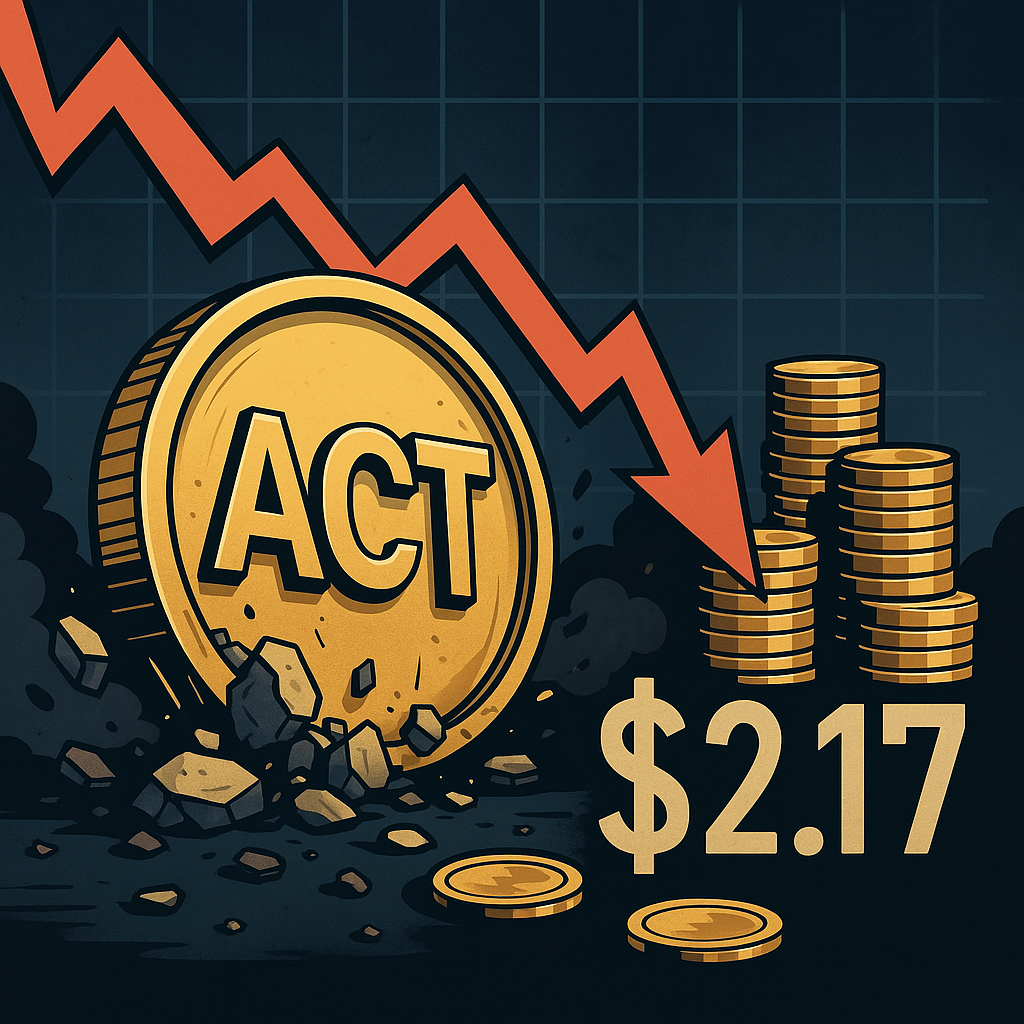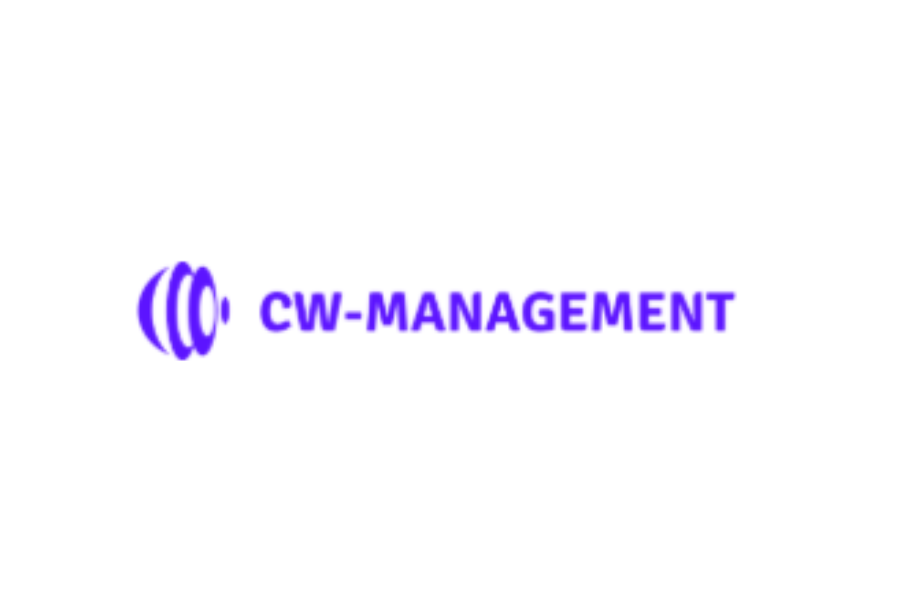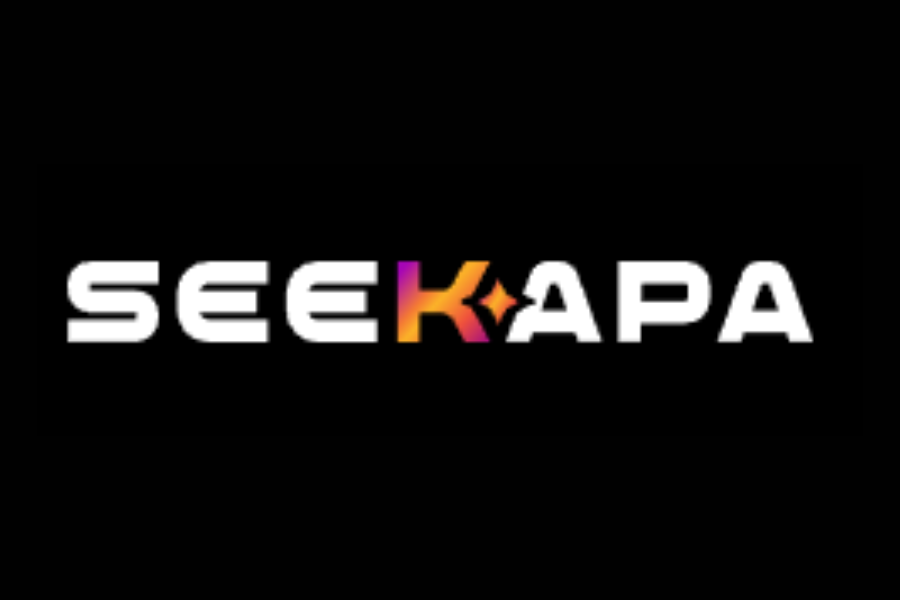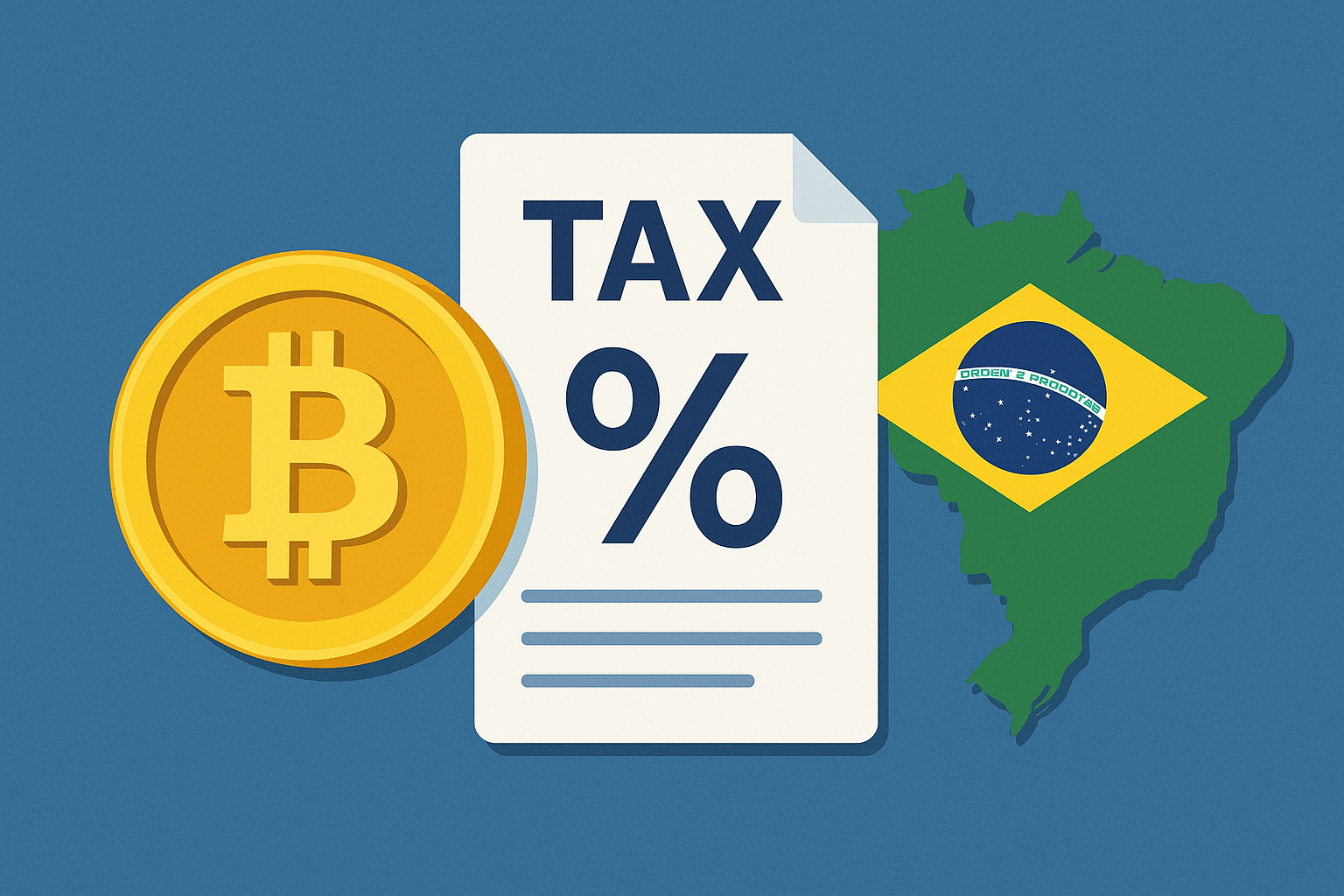Cryptocurrency News
ACT Token Crash Wipes Out $2.17 Million: A Deep Dive Into The Cryptocurrency Whale’s Shocking Loss

Introduction
In a space known for its volatility, few stories capture the attention of the cryptocurrency world like a massive whale loss. On April 1, 2025, a high-profile whale—the term used for large-scale crypto investors—suffered a staggering $2.17 million loss after the unexpected crash of the ACT token. What started as a promising altcoin trajectory spiraled into a sharp decline, catching both retail and institutional investors off guard.
This article takes a comprehensive look into what exactly happened with ACT, how this whale’s misstep unfolded, what triggered the crash, and what this means for the broader crypto market. From blockchain data to exchange behavior and community sentiment, we explore every angle of this cautionary tale.
ACT Token: A Brief Overview
Before diving into the crash, it’s important to understand what ACT token is. ACT, short for ActiveChain Token, is a decentralized finance (DeFi)-focused altcoin that had been gaining traction in early 2025. Promising a hybrid staking mechanism combined with high-yield smart contract utilities, ACT caught the attention of speculative investors and whale wallets alike.
The token had seen explosive growth in Q1 2025, fueled by aggressive marketing, DeFi enthusiasm, and listings on mid-tier exchanges. ACT was one of many tokens hoping to capture the growing DeFi segment following the stabilization of Ethereum gas fees and the re-emergence of Layer-2 scalability.
By March 25, ACT had surged nearly 380% from its February lows, prompting increased interest from large investors looking for the next breakout asset.
The Anatomy Of The Crash
The ACT token collapse occurred in two stages:
- Liquidity Drain and Sell Pressure
- Flash Dump on Binance Listing
Let’s break each one down.
1. Liquidity Drain and Sell Pressure
On March 31, whale tracking services like Whale Alert and Lookonchain detected unusual activity around ACT liquidity pools. Large sell-offs from developer-tagged wallets started hitting decentralized exchanges like Uniswap and PancakeSwap. These weren’t insignificant dumps; they were wallet-clearing moves that suggested insider movements.
The price dropped 17% in less than two hours as trust started evaporating. Community moderators went silent, and several Telegram admins were reported to have left group chats. Suspicion of a rug pull or coordinated dump spread quickly.
2. Flash Dump on Binance Listing
To make matters worse, ACT was stealthily listed on Binance Launchpad under its “DeFi Booster” program on April 1. While most tokens gain on listings, ACT faced a different fate. On the very day it appeared on Binance, a series of rapid trades drained its liquidity completely.
Blockchain analytics confirmed that a few wallets—some connected to the original liquidity providers—executed massive market sell orders. ACT lost over 60% of its market cap within 12 hours, wiping out weeks of speculative gains.
The Whale’s $2.17 Million Loss: What We Know?
According to a breakdown published by TronWeekly and Blockchain News, the whale in question had accumulated a significant amount of ACT—approximately 3.6 million tokens—across multiple wallets. On-chain data shows these tokens were acquired in three major batches during the March rally.
Timing Gone Wrong
Unfortunately, the whale doubled down near the peak. Their final major purchase occurred just days before the Binance listing. It’s estimated that at an average token price of $0.78, the total investment was over $3.1 million.
Following the crash, the value of the whale’s holdings dropped to under $940,000, leading to a net loss of $2.17 million.
Was It A Rug Pull Or Market Mismanagement?
The term “rug pull” is often used loosely in crypto. While some projects are outright scams, others suffer from poor management, lack of communication, and toxic community dynamics.
In ACT’s case, a few red flags point toward deliberate price manipulation:
- Developer wallets were among the first to dump before the Binance listing.
- No formal announcement was made about the Binance listing, which is atypical.
- Smart contract audits were never released, despite being promised weeks prior.
Blockchain watchdog ChainProof later issued a warning labeling ACT as a “medium-risk” asset with signs of internal asset shifting.
Still, no centralized authority has confirmed fraud as of now. Binance delisted the token from its Launchpad section within 24 hours and released a statement about “unexpected token performance volatility.”
Community Reactions And Fallout
Crypto Twitter exploded in the aftermath. The hashtag #ACTDump trended for several hours on April 1, with many retail traders claiming they had lost entire portfolios.
On Reddit, r/CryptoCurrency featured dozens of posts dissecting the crash, with some users accusing ACT developers of orchestrating an exit strategy. Others criticized Binance for allowing such a token to be listed without sufficient vetting.
Telegram groups and Discord servers dedicated to ACT became ghost towns. By April 2, the project’s official website was still live, but its blog, roadmap, and dev updates were removed.
Lessons From The Loss: What Investors Should Learn?
While whale losses may seem far removed from the average investor, they reveal crucial market behaviors and pitfalls that affect everyone. Here are the top takeaways from the ACT collapse.
1. Tokenomics Matter More Than Hype
ACT had strong short-term price action, but little real-world utility. Its staking mechanism was unsustainable, with unrealistically high returns promised. Projects that offer “too good to be true” APYs should always be viewed skeptically.
2. Developer Activity is a Signal
Watching dev wallets, GitHub activity, and on-chain movement can provide early warning signs. In ACT’s case, inactive GitHub updates and developer dump transactions happened well before the crash.
3. Exchange Listings Don’t Guarantee Safety
Even Binance, which usually has strict listing criteria, was not immune to hosting a problematic token. Always do your own research, regardless of where a token is listed.
4. Diversification is Critical
The whale put millions into a single altcoin. That lack of diversification left them vulnerable. For retail and institutional traders alike, spreading risk across sectors and protocols is a better strategy than going all-in on hype.
The Bigger Picture: What This Means For Altcoin Markets?
The ACT crash serves as another chapter in the ongoing altcoin volatility narrative. While Bitcoin and Ethereum have matured into semi-stable digital assets, the altcoin sector remains the Wild West.
Altcoins Still Have Value, But Risk Remains
Despite events like this, altcoins play a crucial role in innovation within blockchain technology. From NFTs to DeFi and gaming ecosystems, many emerging projects push the industry forward. But the high rewards often come with high risk, especially in low-liquidity environments.
Increased Demand for Transparency
Events like the ACT crash increase pressure on projects to be more transparent with audits, liquidity movements, and token vesting schedules. As investor scrutiny grows, legitimate projects must adapt or risk falling behind.
Regulatory Outlook And Institutional Involvement
Although the crypto market still operates largely unregulated, this incident has prompted renewed discussion about consumer protection.
Regulators in both the U.S. and EU have highlighted altcoin fraud as a concern. While ACT hasn’t been directly named in any inquiry, events like this add momentum to legislation such as the MiCA framework in Europe and the Crypto Consumer Protection Act in the U.S.
Institutions observing crypto markets may see ACT as a red flag. However, others could interpret it as evidence that better due diligence processes must be built into the crypto investing lifecycle.
Conclusion
The ACT token crash and the resulting $2.17 million whale loss serve as a wake-up call in an industry where greed, hype, and misinformation can cloud judgment. While not every altcoin is a scam, and not every crash is a rug pull, due diligence is non-negotiable.
As the crypto market matures, we may see fewer of these stories—but only if investors demand more from the projects they support, and platforms adopt better vetting processes.
For the unnamed whale who absorbed a multimillion-dollar blow, the lesson was expensive. For the rest of us, it’s an opportunity to learn without paying the same price.











